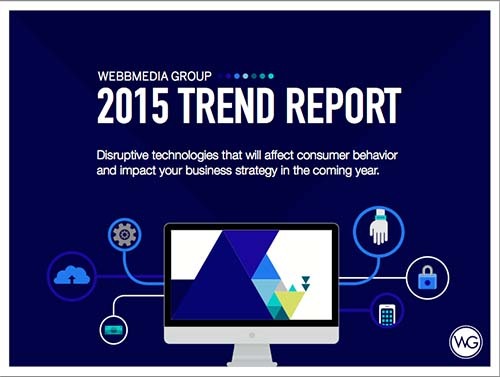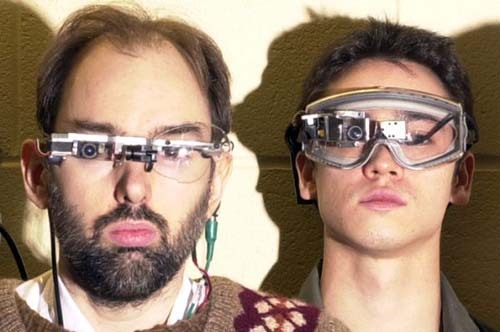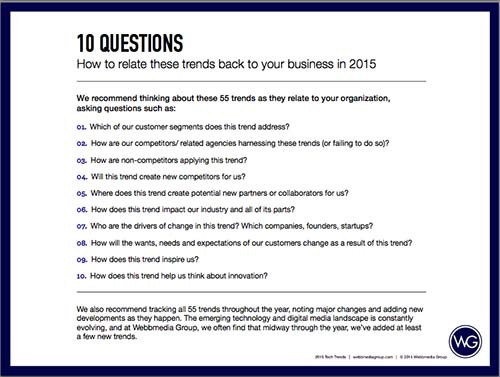What irony within a fortnight!
Stephen Hawking rings alarms about the dangers of artificial intelligence (AI) with machines outsmarting humanity, cognitive computing professor Mark Bishop offers more calming comments, and digital strategist Amy Webb wows us with predictions of technology doing almost everything short of tucking us in bed.
At least not yet.
IBM is now developing advanced data-centric supercomputing systems that will embed compute power everywhere data resides in a system, which means a convergence of analytics, modeling, visualization, and simulation, and driving new insights at very fast speeds. In 2014, it announced the SyNapse chip, which processes information using a network of more than one million "neurons" that communicate via a system of electrical spikes. In other words, just like our brains. New Research shows robots transitioning from basic computational or productivity assistants to machines capable of creating unique forms of music or even evolving an entirely new language.
That's just one of the 55 tech trends the Webbmedia Group (WG) offers us for the coming year and some of them are dizzying.
In addition to IBM's cognitive computing platform that can learn, adapt and propose solutions to extremely difficult problems, the just released "2015 Trend Report" packs a mighty punch on what to expect in the coming months.
It's appropriately subtitled "Disruptive technologies that will affect consumer behavior and impact your business strategy in the coming year."
The report is conveniently segmented into "key insights" explaining trends in brief, "examples" from cases, "what's next" and what it means for one's business in the coming year, a "watchlist" of firms and researchers working in a particular area, and, the "years on the list" marking how long WG has been tracking a trend.
The Google Project Ara modular phone system is an interesting and very useful trend for budget-conscious consumers, particularly in developing economies heavily reliant on mobiles.
The key insight is that it can be configured for any user in every country and allows him/her to swap components.
The prototype, which Google describes as a phone "designed exclusively for 6 billion people," will hit the market in late 2015/early 2016, WB said.
One-to-few, or special interest, publishers will be delighted to know that newsletters, podcasts and niche networks will make a comeback, according to WB, that lists as examples political watchers, feminist activists, small business owners and IT lawyers, to name a few.
Shutterbugs will appreciate intelligent cameras that can communicate with each other, with applications for the auto industry, cartography and immersive photography.
In the wearables department, historical cartoon character/private investigator Dick Tracy would be proud.
Contrary to what many people think, watches comprise only a fraction of the wearables space. For example, the EyeTap is both a camera and a display that sits over your eye. The FoxTel shirt converts live football (or other) game data into physical sensations you can feel in real-time. Fujitsu released a glove that allows the wearer to control machines in other cities. Athos makes athletic gear with biometric sensors that give you your performance feedback as you train. BSX Insight has a device just for your calves, and it measures your lactate threshold.
On another front, the report provides trends that will undoubtedly excite geeks and cause heartburn to those the trends may one day replace.
Algorithmic design, for example, allows users to feed data into a system like Project Dreamcatcher from Autodesk that will then turn out hundreds or thousands of possible concepts.
"Algorithmic curation is a process that automatically determines what content should be displayed or hidden and how it should be presented to your audience," the report said, noting that it curates all the posts created in a network to serve only the content it thinks will engage one the most.
Enter the need for ethics and oversight, notably when things go awry.
There are numerous stories of algorithms wrongly identifying terrorism suspects at airports. High frequency trading algorithms once nearly destroyed the stock market. A glitch in Amazon's algorithm caused the price of "The Making of a Fly: The Genetics of Animal Design" to spike to $26,698,655.93.
Other key concerns are privacy and security and their implications in a world where intruders and hacking are ubiquitous against a need to be constantly connected, and amid fierce competition to be ahead of the pack.
So are the Blackphone and private networks reviewed by WB adequate when manufactures have back doors through which snooping can occur?
More food for thought.
Finally, WB offers excellent advice by asking 10 questions on how to relate the trends to one's business in 2015.
Webbmedia Group's 2015 Trend Report is a must-read for geeks, journalists, businesses, and more.





